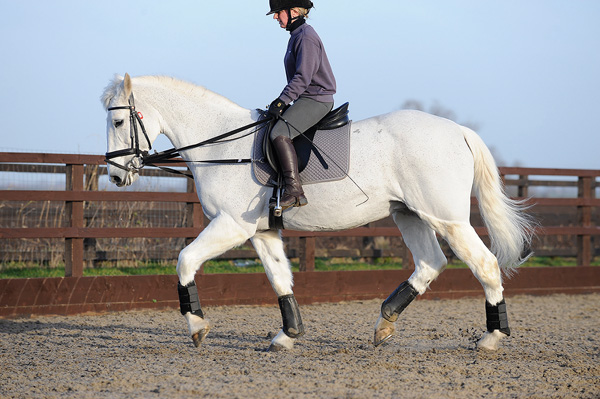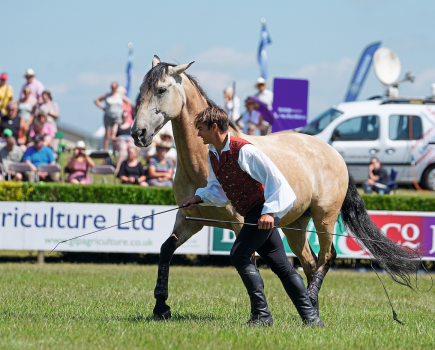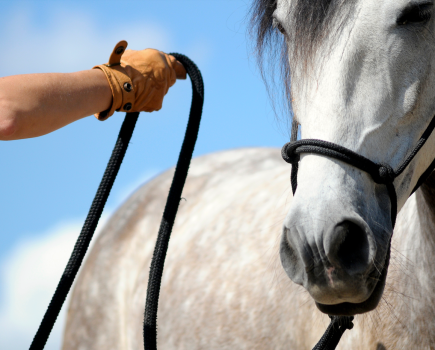WHAT ARE THEY?
An extra long set of reins, which are most commonly fitted to pass from the rider’s hands, through the bit rings and then to the girth.
WHEN SHOULD THEY BE USED?
For encouraging a better head position and rounder frame when riding. The reins pass through the bit rings and attach to the girth under the rider’s legs; or the reins go through the bit rings and then down to the girth between the horse’s forelegs. Some also use them for lungeing, running from the saddle D-rings or roller top rings, through the bit rings and to the girth between the forelegs, but adjustment is difficult. Never use draw reins when jumping.
HOW DO THEY WORK?
The reins put pressure on the bit and therefore the bars and corners of the mouth, which should be released by the rider once the horse returns to a rounder frame. With the reins fitted between the forelegs, there’s a downward pressure; a higher fitting produces a more upward pressure.
WHAT ARE THEY GOOD FOR?
– Encouraging a consistent outline
– Encouraging acceptance of contact
– Building up topline
– Increasing suppleness of the back
– Improving looseness of paces
“Horses who find it difficult to keep a consistent, steady outline and contact, usually lack topline muscle,” explains Tara. “By helping them work in the right way it can help break the vicious circle and start to build muscle. Also horses who find it tricky to keep a connection from the hindlegs to the bridle and tend to work in an elongated outline can benefit from the correct use of draw reins.”
WHAT CAN GO WRONG?
Probably of all the training aids, it’s draw reins that have the potential to inflict the most damage. This is due to people using them habitually and having them act continually, without release when the horse has ‘given’. “This results in the horse learning to lean on the reins or becoming overbent and behind the bit,” says expert Tara Osborn. “Riding with the reins too short will simply pull the horse’s nose in and shorten his neck, causing stiffness in the back.” Draw reins are often used as a way of controlling a strong horse but they are likely to exaggerate the problem. They shouldn’t be used on horses known to buck, either. However, they can be helpful for rearers.









